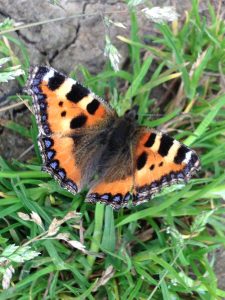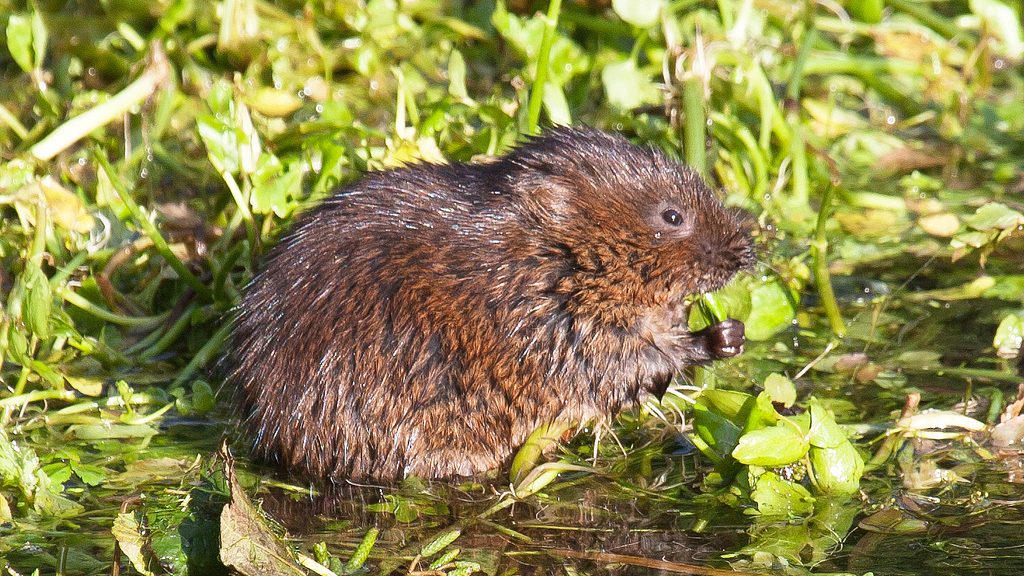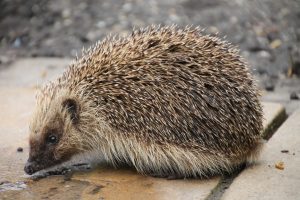Sadly, recent reports show that British mammals and butterflies are under decline.
The Mammal Society and Natural England reported that almost one in five of British mammal species face a high risk of extinction. This was the first comprehensive review of their populations for more than 20 years. The reasons for decline include climate change, loss of habitat, use of pesticides and road deaths.
The red squirrel, wildcat and the grey long-eared bat are all listed as facing severe threats to their survival.
The review also found other mammals such as the hedgehog and water vole [Photo above by Nick Ford under creative commons
https://creativecommons.org/licenses/by-nc-nd/2.0/legalcode] have seen their populations decline by up to 66% over the past 20 years.
Meanwhile, a story in The Times tells how Defra (Department for the Environment, Food and Rural Affairs) believes a lack of management has caused butterflies to decline. Since 1990 butterfly numbers have fallen by 27 per cent on farmland and by 58 per cent in woods.

Farmland species in long-term decline include the gatekeeper, large skipper and small tortoiseshell. While the brown argus, common blue, peacock and purple hairstreak in woodlands have also declined.


